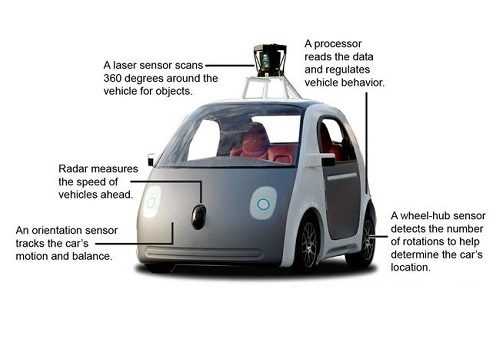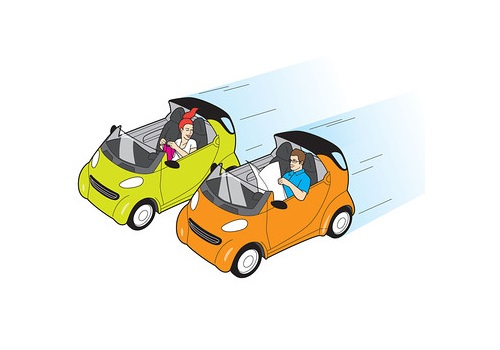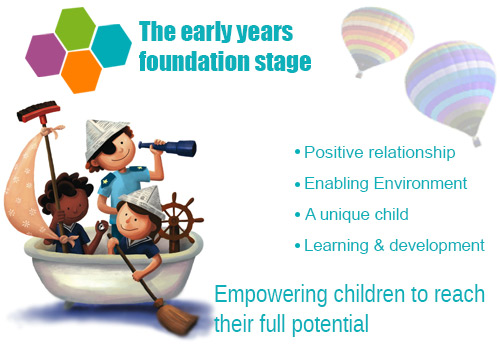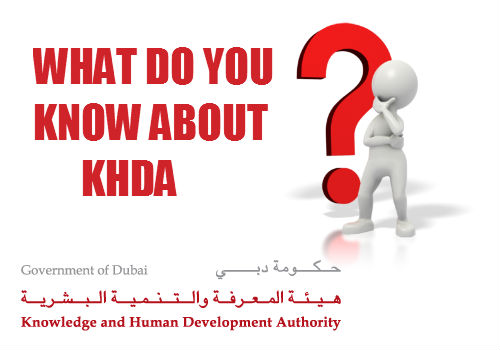Private education and learning in Dubai are regulated by Knowledge and Human Development Authority (KHDA), which may also include the school your child studies in or the school you work in. With KHDA assessing the schools, you can know how good the performance of a particular school is just by looking at their rating.
If you are not familiar with KHDA, here is a glimpse of what KHDA is and the role it plays in improving the performance of private schools in Dubai:
KHDA, which is a part of Government of Dubai, plays a pivotal role in ensuring quality education to private schools in Dubai. KHDA monitors all institutions under private education sector of Dubai. The main motive of KHDA is to develop the education sector of Dubai to meet international standards, so that students would be well prepared to meet the fast moving world. KHDA has hence set some guidelines for the schools they monitor to follow.
How KHDA Monitors Schools?
KHDA ensures quality education to students using Dubai School Inspections Bureau (DSIB) and Regulations and Compliance Committee (RCC). These are subsidiary bodies of KHDA with specific duties.
DSIB
Dubai School Inspections Bureau (DSIB), is a team of school inspectors who visit the private schools in Dubai frequently to ensure the quality standards are met consistently. DSIB submits ratings of each inspected school, which would then be published in the KHDA website. These reports are usually submitted by DSIB in September.
While assessing the schools in Dubai, DSIB judges them based on a four-point scale. The four levels on the scale are:
- Outstanding-When the performance of schools is exceptionally well.
- Good-When the school meets expected educational standards in Dubai.
- Acceptable-This level of performance of schools is acceptable in Dubai; however, the schools are expected to perform above this level.
- Unsatisfactory-This is when quality of performance by schools in Dubai are below the expected level. Schools would have to take necessary measures to improvise their standard in terms of performance or practice at this level.
RCC
KHDA’s Regulations and Compliance Committee (RCC) is responsible for inspecting private schools in Dubai to ensure that they follow KHDA guidelines, which are mandatory. That is also an effort to fulfill KHDA’s aim to develop the standards of private schools in Dubai.
Apart from setting standards for improving performance of schools, KHDA has also set guidelines in terms of advertising by schools and for events and field trips conducted by schools. It is necessary for the schools to let KHDA know when they are planning to market or advertise the schools in any media.
KHDA rankings are not based on how much money has been invested by schools. It is based on the right management and the ways adopted to improve performance and standards of schools.
Now if you are looking forward to improve your schools’ performance, here are some practices of schools that KHDA is looking upon in 2014, to assess the schools:
1. Taking Care Of Special Education Needs
In a school, there may be children with different learning abilities. In 2014, KHDA plans to focus on schools, which attend to the needs of children who have difficulty in learning, or children who are differently abled or have special talents. KHDA would look upon:
- Syllabus modified by school, relevant equally for normal children and children who have difficulty in learning.
- The schools should support students with special needs or disabilities, preparing them to face the world.
2. School Management System
Many schools with less monetary support may think that it is not possible for them to afford to have a good school management system. However, having an effective school management system can have its own advantages. It makes work easier and the employees of the school would be able to save time for other activities, hence increasing the productivity and reducing expenditure. Better school management can be done by implementing
- RFID School Bus Tracking System
- Work Force Management etc.
3. EncouragingArabic & Islamic Education
Since Government of Dubai has taken initiatives to protect the tradition and heritage of the country, KHDA is giving importance on appointing efficient Arabic and Islamic teachers to improve the performance of students in Arabic and Islamic Education in private schools.
4. Appointment of qualified teachers
As an approach in developing the education sector of Dubai, DSIB would be inspecting whether private schools in Dubai are hiring qualified teachers. DSIB would assess the teachers based on their
- Knowledge on the subject
- Ability to promote creative and imaginative skills of students apart from books
- Approach towards students
- Teaching methods and ability to plan the next step
- Ability to encourage self-management in children
5. Students’ Personal & Social Development
KHDA focuses on the development of students on personal and social front. Therefore, in 2014, KHDA would look upon the measures taken by teachers of private schools in Dubai in encouraging
- Leadership qualities in students
- Discipline and self-management skills
- Humanity and love towards humans, animals and environment
- Positive response towards advices
- Healthy lifestyle
By other countries taking up stands such as Government of Dubai and KHDA, it is possible to improve their education sector, thereby, creating an efficient work force, adding to the economy of the country.
Is your school finding it difficult to cope up with KHDA standards?
As the inspections happen very frequently, it is important that schools monitor their quality standards throughout the year. This is where Real-time Institution Management System (RIMS) from Edsys provides schools with an advantage. The integrated modules in this system ensure that the school authorities are notified when there is a compromise in the quality standards of a particular school.
But in order to enjoy the benefits of the KHDA Inspection software, a school will have to employ Real-time Institution Management System (RIMS). It is a comprehensive system that makes the overall management of your school easy. There are smart card solutions, GPS Tracking System, Attendance Management, School App and a lot more systems that ensure ease of management as well as student safety.




